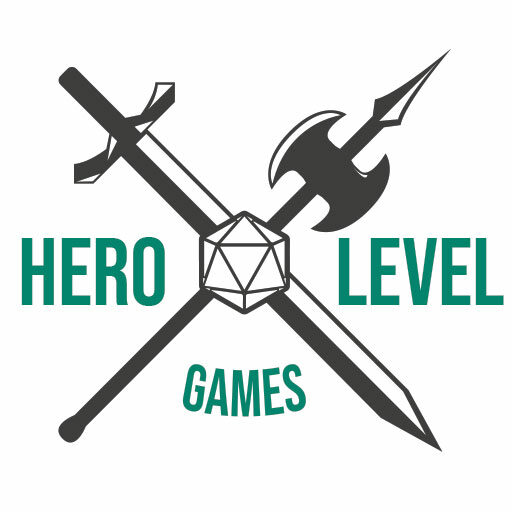Introduce Your Character Better: Guide
This three step process will help you to Introduce Your Character Better during that first meeting of the group.
When the rest of the group first meet your character you inevitably have a moment in the spotlight. This can feel like you are suddenly put under pressure even if you knew it was coming.
Take the pressure off by preparing for the moment in advance. Write down a couple of lines or words to describe your character and how they react to the world around them. This way you are not stuck when the Dungeon Master (DM) says, “Would you like to tell the rest of the group what they see?”
Here are some tips to figuring out what to write down and what to focus on when doing your initial introduction.
Tip: DMs can use this guide when introducing non-player characters (NPCs).
1 Focus on Action Before Appearance
Show your character art to the group and take the stress out of describing your character’s physical appearance. Instead, focus on what your character is likely to do in this instant. Knowing what motivates your character and what your character hates will help. For example, if you are playing a Dwarf fighter and you all meet in a tavern then you may love action and hate riddles or mind bending activities. So, your character is not likely to be involved in a theological debate with the wizard, instead they are probably playing darts or challenging someone to a drinking competition.
Think about:
- how your character likes to spend downtime
- how they find work
- how social they are
- and how likely they are to talk to new people they meet
These answers can help your role play the introduction moment.
2 For Appearance Focus on Important Physical Traits
Once you have shown the group your character art you have done a lot of the heavy lifting already. Now you can spend time describing important physical traits that may not show up on character art. Character traits that tie into your backstory or give you something unique about your character can be really cool. For example, a character who has a specific kind of scar, a tattoo, a missing limb, a nervous tick or a quaver to their voice is interesting and memorable.
When you know your character and their history then you can add in a couple of physical traits that you can mention when you first introduce them to the party. Bonus points for tying the physical traits into your backstory or your character’s ultimate goal.
Tip: I has a player once who was covered in scars and when she did magic her scars would glow as if the magic was lighting up inside her. It was an amazing way to describe how her magic manifested visually.
3 Find Their Voice
When you are role playing with other people then your voice makes a big impression. Figure out how to make your voice become the voice of your character.
Before you start objecting, hear me out. I am not talking about voice acting. You do not need to adopt a Scottish accent for your dwarf. You do not need to be a voice actor to make your character’s voice memorable.
What you can do is change the rhythm of your speech. Use longer words and sentences for characters who are more educated and shorter, more active sentences for characters who like to do things and work with their hands but are not very educated.
Think about:
- the words your character would use – bigger words for more educated characters or pompous characters who want to come across as educated
- the pacing of the speech – does your character speak fast as if impatient or slow and steady
- the length of the sentences – do they tend to ramble with long sentences or cut to the point immediately
Figuring that out makes it a lot easier to create a unique way to speak for your character so that even without an accent they come across as different from you. And when you introduce your characters using their voice and actions then the group will understand the kind the of character they are meeting.
BONUS: Advanced Character Introductions
Level Up with Verbs
For those who want to make their character introductions just a little more memorable write down a number of verbs that can describe what your character is likely to do. Verbs are doing words, for example a character with a list of verbs like stop, kill, save is very different to a character with a list of verbs like convert, impress, preserve.
And having a handy list of verbs you can use means you have words you can throw into your dialogue as needed.
Level Up with Adjectives
Adjectives are words that describe your character like affectionate, ambitious, bossy, brave, calm and cautious.
Having a list of adjectives can really help you hone in on what your character is likely to do in most scenarios. And when introducing your character you can even throw in a couple to let people know what kind of character you are playing. For example, “My dwarf is ambitious and wants to win the prize so they will go all in with their bet.”
We hope you enjoyed our Introduce Your Character Better guide. You can find more of our guides here.
